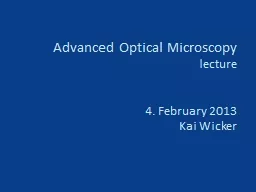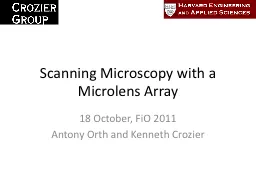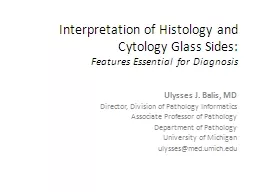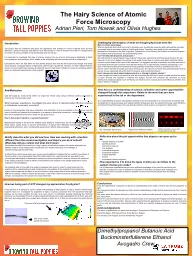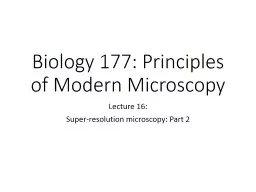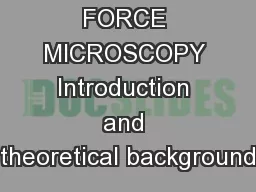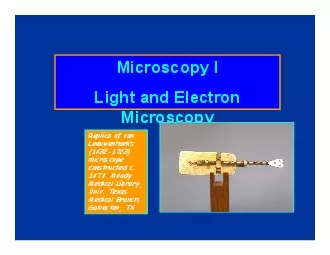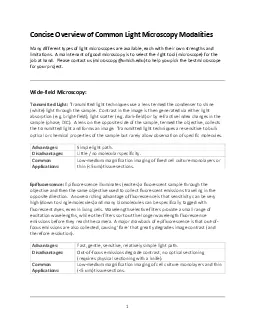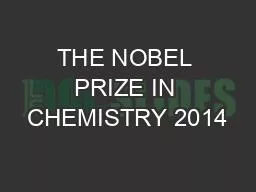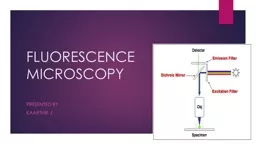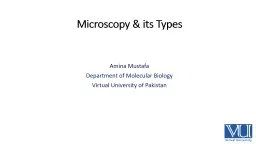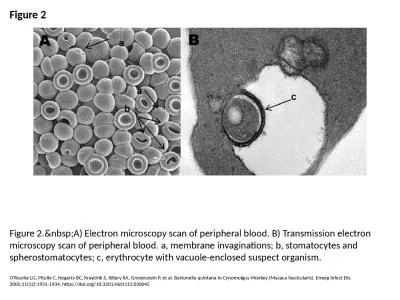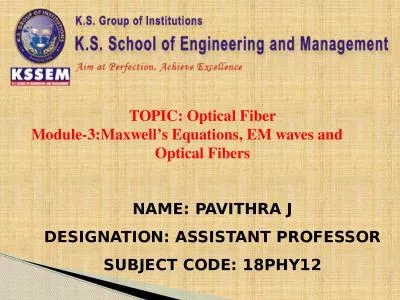PPT-Advanced Optical Microscopy
Author : jane-oiler | Published Date : 2016-02-26
lecture 4 February 2013 Kai Wicker Exam written exam 26 February 2013 exact time and place will be announced by email Today The quantum world in microscopy 1 Photon
Presentation Embed Code
Download Presentation
Download Presentation The PPT/PDF document "Advanced Optical Microscopy" is the property of its rightful owner. Permission is granted to download and print the materials on this website for personal, non-commercial use only, and to display it on your personal computer provided you do not modify the materials and that you retain all copyright notices contained in the materials. By downloading content from our website, you accept the terms of this agreement.
Advanced Optical Microscopy: Transcript
Download Rules Of Document
"Advanced Optical Microscopy"The content belongs to its owner. You may download and print it for personal use, without modification, and keep all copyright notices. By downloading, you agree to these terms.
Related Documents

